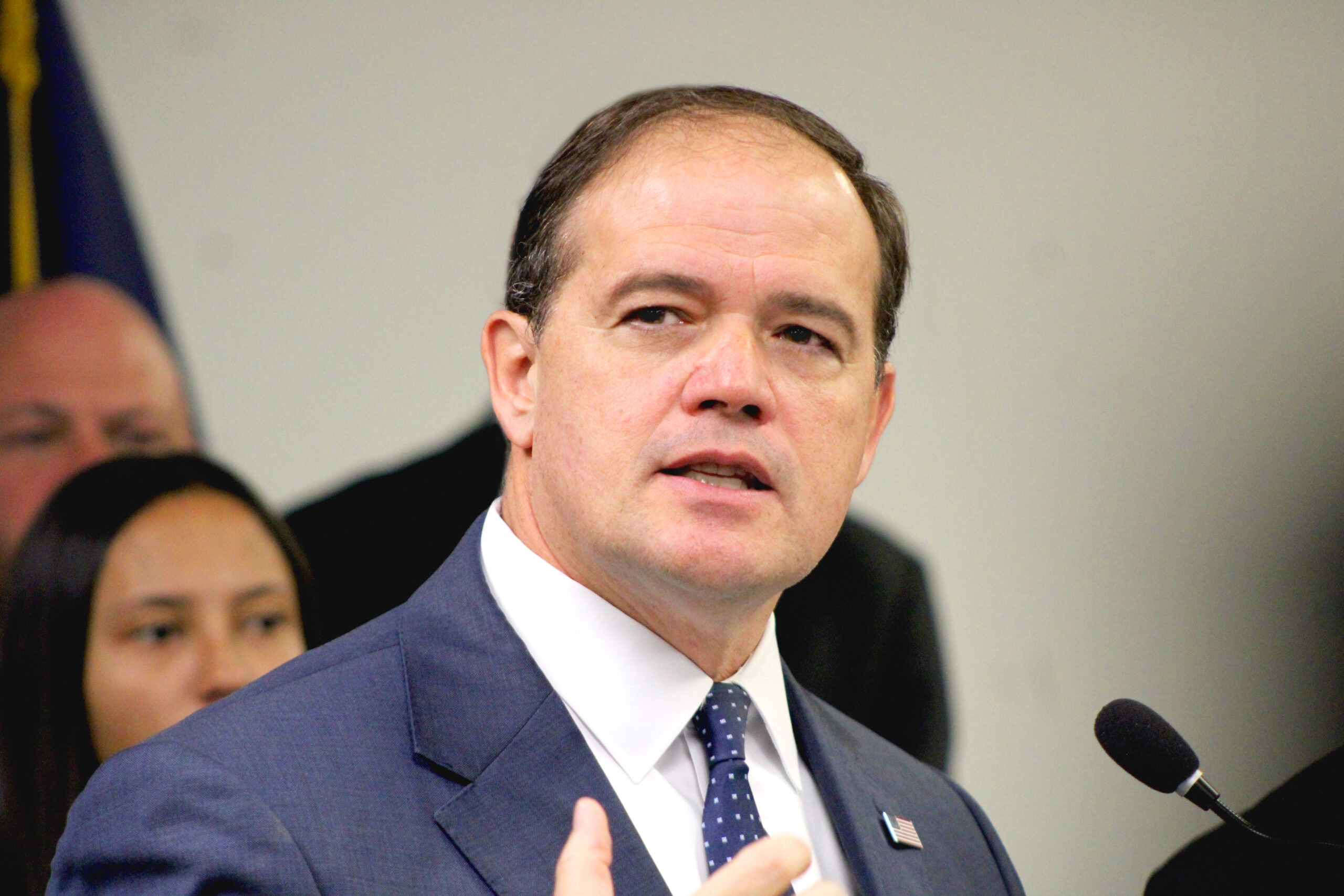
Let’s be honest: it rarely happens overnight when government offices lose public trust. It’s usually the result of years of neglect, bad decisions, and officials who believed they could get away with it. That’s exactly what happened in Suffolk County — and why the restoration of $13 million in federal law enforcement funds this week is a win worth talking about.
District Attorney Ray Tierney (R) didn’t create the mess, but he has been cleaning it up ever since taking office.
In 2020, the U.S. Department of Justice and Treasury Department suspended Suffolk County’s access to the Equitable Sharing Programs — federal funds that law enforcement agencies use for everything from major prosecutions to gang takedowns. The reason? A federal investigation into allegations that former District Attorneys Timothy Sini (D) and Thomas Spota (D-Mt. Sinai) misused forfeiture funds, including accusations of financial mismanagement and shady spending practices.
That suspension left local law enforcement agencies cut off from millions—not because of anything they did wrong, but because the people at the top broke trust. For four long years, Suffolk County’s ability to fight crime was kneecapped by a cloud of past corruption.
Fast-forward to 2025. Tierney, with support from Congressmen Andrew Garbarino (R-Bayport) and Nick LaLota (R-Amityville), worked directly with the Department of Justice to rebuild credibility. In February, the DOJ officially closed the investigation and greenlit Suffolk’s reentry into the program. That means the $13 million in federal funds are finally flowing again—and just in time.
According to Tierney’s office, the money will go straight into high-stakes public safety efforts: prosecuting the Gilgo Beach serial killings and cracking down on fentanyl, human trafficking, gang violence, and illegal firearms. These aren’t theoretical threats — they’re very real problems hurting Suffolk families every day.
This isn’t just a funding story. It’s a story about consequences — and correction. For years, politicians treated asset forfeiture like a piggy bank. Under Tierney’s leadership, those resources are back under responsible management. And unlike his predecessors, he seems more interested in results than headlines.
Of course, questions remain. Will the money be spent efficiently? Will it make a dent in the fentanyl crisis or reduce violent crime? That depends on whether Suffolk’s institutions learned from their mistakes — and whether the public keeps holding them accountable.
What’s clear is that this turnaround took leadership. It took someone willing to deal with federal bureaucracies, clean house, and make the case that Suffolk deserved a second chance. That work doesn’t make the front page every day, but it’s the kind of leadership that keeps our communities safe.